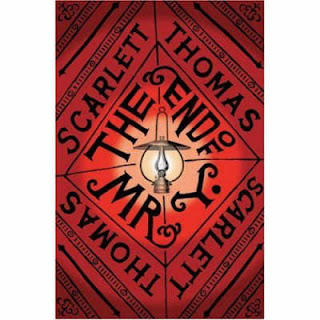 This is the new film from director Alex Proyas, and starring Nicolas Cage. It concerns a chap who realises that a list of numbers found in a time capsule from 1959 are a code which gives details of disasters (both man-made and natural) which occurred after the time capsule was buried – and, he realises, there are numbers covering future dates as well. An intriguing premise, which is why I went to see it.
This is the new film from director Alex Proyas, and starring Nicolas Cage. It concerns a chap who realises that a list of numbers found in a time capsule from 1959 are a code which gives details of disasters (both man-made and natural) which occurred after the time capsule was buried – and, he realises, there are numbers covering future dates as well. An intriguing premise, which is why I went to see it.
I’m not entirely sure that the film quite makes good on the promise in the premise, mind, and given the way it’s been advertised, other audience members may be left feeling slightly duped; it’s been trailed more like a thriller with supernatural undertones, which isn’t really very accurate at all, as it’s much more of a science fiction film. And I know that’s not everyone’s cup of tea – one woman outside the cinema complained rather loudly about the sudden veer into SF towards the end (if you’ve ever seen The Watcher In The Woods, it’s in that sort of vein).
Anyway, it’s not a bad film, for all that; Cage isn’t an actor who draws me to the cinema just by his name being on the poster, but he turns in a decent enough performance here – though the grieving widower father isn’t a million miles away from Mel Gibson’s role in Signs, though that’s more to do with the script than his playing of it, I think. The rest of the cast are perfectly fine, too.
The pacing of the film is a bit uneven; it’s a bit slow at the start when the story’s being laid out, then it kicks into a much faster pace when the disasters start happening (the first major one is very effective indeed, and is all in one take; the second is more grisly but none the less well done), and then it keeps going with a gradual unravelling of what’s going on until the aforementioned ending. The direction of the film kind of matches this, only really livening up when there’s mayhem on the screen, but it’s perfectly watchable, and you’re never in any doubt what’s going on.
While I was watching the film, I enjoyed it, but afterwards, a few stray plot threads kind of niggled at me (skip to the next paragraph to avoid the semi-spoilers); why, if the various fates were inevitable, were people given the power to predict them? Since the film bothers to bring up pre-destination versus free will, why were the results of the former all so gloomy? Given the ‘EE’ situation, what could Koestler or any of the other characters have done to show they were learning from the events ? What were the tall strangers there for – help, or just watching the end times? And what were the black stones for?
These questions aside – and only one of them (the first, but don’t look back if you don’t want spoilage) is a really huge plot problem to my mind – Knowing is an enjoyable enough film, as long as you don’t mind a side order of science fiction with your on-screen destruction. Worth seeing at the cinema for the well-filmed disaster sequences (which are suitably unnerving), but if you have a big screen and good speakers, you can quite cheerfully wait for it to come out on rental.









